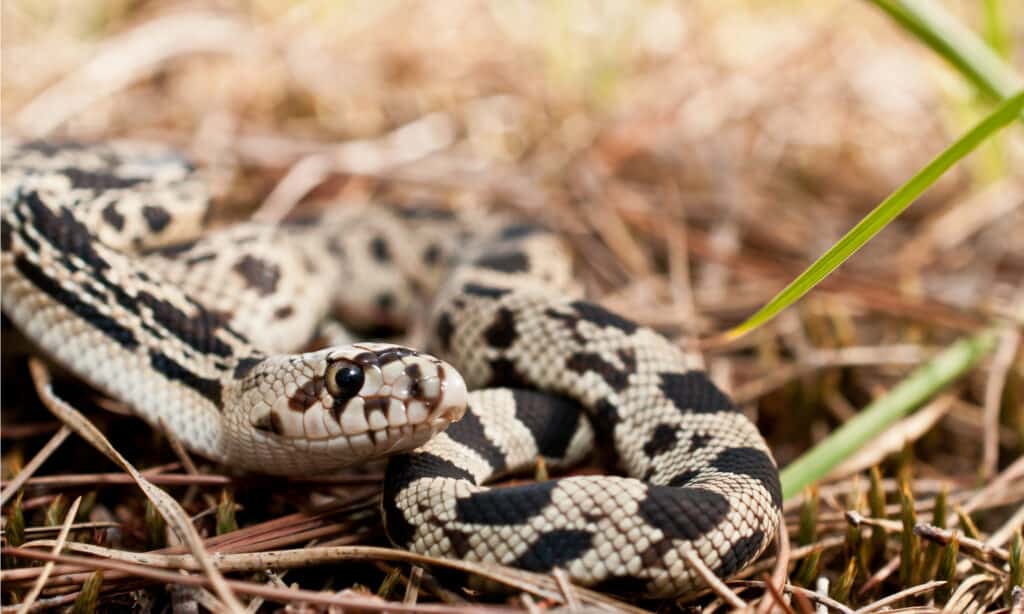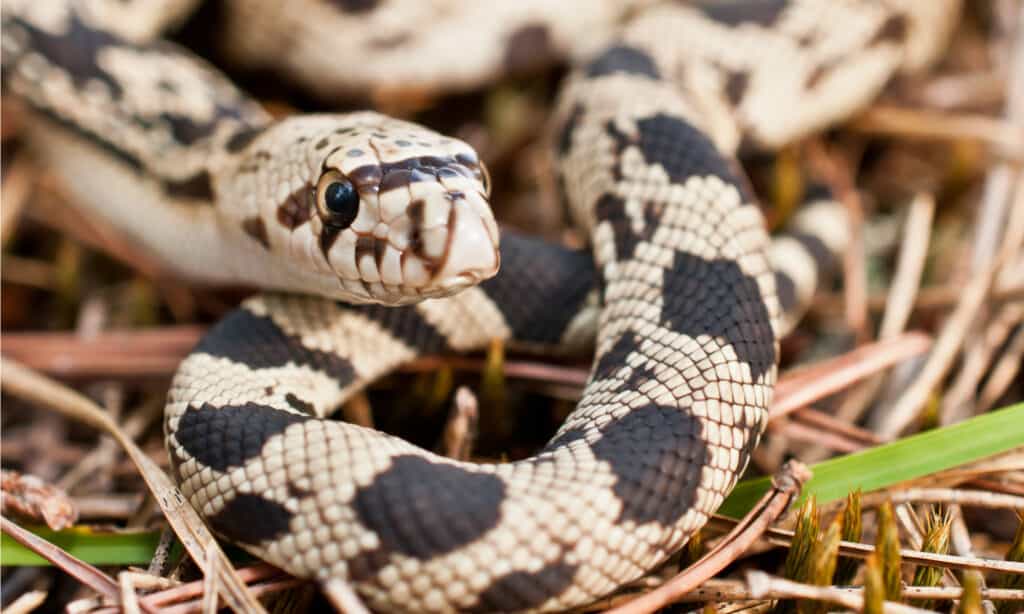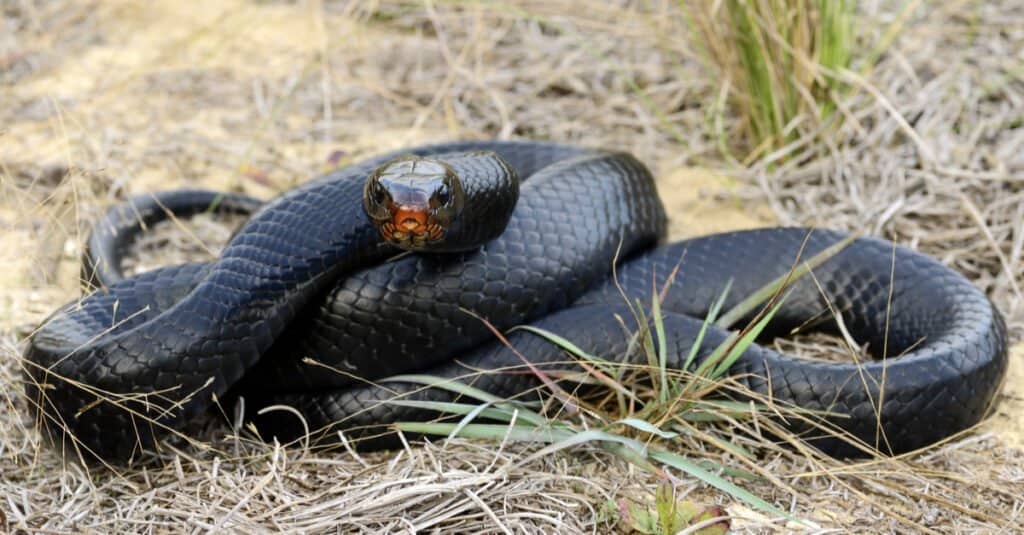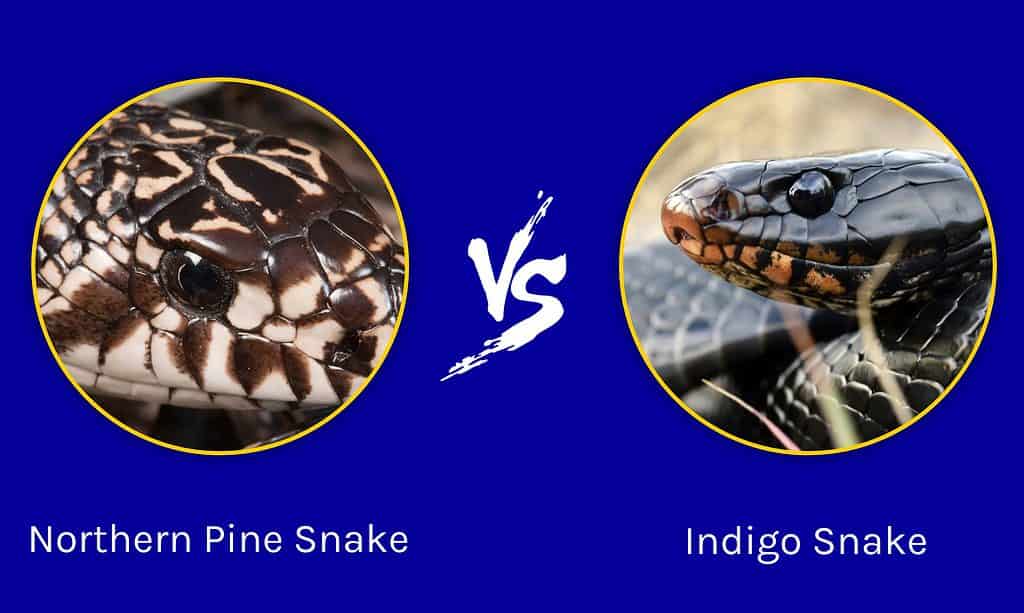Anyone who enjoys the great outdoors and has an affinity for wildlife can point to a moment when they stood in awe at something magnificent. Some moments are more awe-inspiring than others and in the case of two men in Georgia, they were not just lucky enough to have those thrilling moments, but they also managed to document them to share with the world.
The first is the Georgia snake catcher who happened upon the rarest snake in Georgia. He had almost given up his search for the day when he spotted it. Immediately, his energy went through the roof as he beheld a sight he had been yearning for throughout his entire life. The second Georgia man came across another type of rarity. It wasn’t so much the type of snake but how big it had grown.
It’s not often these types of snakes grow to that impressive size and the second man managed to get a photo of himself holding the marvel. Luckily, in both these instances, the snakes played nice, despite both men treating them as if they were the ultimate celebrities!
Check Out the Video Below!
Meet a Northern Pine Snake in Georgia
Everyone has a passion — some express it quietly, perhaps with writing or drawing. Others can’t contain their excitement when they’ve discovered something they love, especially if it’s a rarity they’ve been searching for. In this clip, Christian Cave on TikTok comes across the rarest snake in Georgia. He’s a wildlife enthusiast and even if you’re not a fan of snakes, his energy is contagious.
The video starts off with subtitles that explain he and his team almost went home because of the weather. However, he’s already screaming with excitement at the start of the video. The person filming quickly exits the vehicle and you see Christian Cave with his hands grasping the sides of his head, in complete amazement. He falls to his knees on the sand, his eyes focused on something off to the right.
Then he addresses the camera, “Guys! My first ever Pituophis melanoleucas!” In layman’s terms, a northern pine snake. The snake, as if appalled by his shrieking, starts slithering away but he reaches out to grab it before it can get too far. “Slow down, mate,” he says, before going on to say, “This is the snake I’ve been looking for my entire life!”
This is an incredibly elusive snake, having earned the nickname “ghost of the sandhills.” Christian Cave continues explaining how rare it is to spot this snake as he holds it with both hands. It wriggles about on his forearm as he explains that it’s a non-venomous snake. He is so excited he is nearly hyperventilating throughout the video. However, he manages to offer a thorough explanation of this snake, showing it off throughout the video.
How Large Does The Northern Pine Snake Get?

Adult northern pine snakes generally range from 48 to 66 inches in length.
©Jay Ondreicka/Shutterstock.com
The northern pine snake is a rare, sizable, non-venomous species. The snake typically measures between four to five feet in length, although some can exceed six feet. With a stout body, they are primarily burrowers, spending much of their lives underground, and are not often spotted by researchers.
Adult northern pine snakes generally range from 48 to 66 inches in length, with the largest ever recorded individual reaching nearly 7 feet.
In Virginia, the maximum recorded length is 65 inches.
Is It Normal to See a Northern Pine Snake in the Wild?
Most people will probably never encounter a northern pine snake unless you dedicate yourself to seeking them out as Christian Cave has. These reptiles are unique in their ability to construct vast networks of tunnels to accommodate them. They spend the entire course of the winter months hibernating in their homes and typically only emerge from them during the rest of the year when they are catching prey or basking.

This northern pine snake has briefly emerged from its underground home.
©Jay Ondreicka/Shutterstock.com
Where Do Northern Pine Snakes Live?
Georgia is not the only state where you could chance upon a northern pine snake. They inhabit much of the Eastern United States, ranging from as far north as New Jersey down to the region of the Appalachian foothills. They prefer to live in coniferous forests, taking advantage of the variety of small lizards and birds hunting bugs on the forest floor as a source of easily accessible food. They are also known to take down creatures as large as a fox or coyote when presented with the chance.
Since snakes are cold-blooded animals, they rely on sunlight in order to regulate their body temperature. This information is vital to bear in mind when attempting to find a northern pine snake, for in the warmer months you might be lucky enough to catch them basking out in the open on a flat rock or bed of soil.
How Long Do Northern Pine Snakes Live?
Northern pine snakes usually live anywhere from 10 to 15 years old. Their lives begin deep within the maze that has been dug by their family. After 50-100 days of incubation, the eggs hatch, and the young pine snakes are left to fend for themselves and learn their way around their twisting, subterranean home. Baby pine snakes are about 17 inches long upon hatching, but after growing into adulthood they can grow up to 5 feet long.
Meet an Indigo Snake in Georgia
It’s certainly an eventful year for wildlife enthusiasts in Georgia. In October, wildlife biologist, Dee Mincey, found an indigo snake in Fort Stewart, GA. Not just any indigo snake, either — this one measured 7 feet and 7 inches, a whopping 2.5 feet longer than the average indigo found in the area.
The snake made headlines, as did Mincey’s Facebook photo where he’s holding the incredibly long snake. Indigo snakes are known for their remarkable lengths, but even with that knowledge, this one was something to wonder at. These snakes, like the northern pine snake, are non-venomous. However, that doesn’t mean they don’t bite!
If threatened, indigo snakes won’t hesitate to defend themselves. They may even release an awful-smelling musk. They are, however, known for being quite aggressive with their prey. They chase prey like rodents down but here’s a fun fact — they even go for venomous snakes like rattlesnakes and copperheads! Biologists believe they may actually be immune to their venom.

Indigo snakes, though non-venomous, won’t hesitate to defend themselves after audible warnings.
©Patrick K. Campbell/Shutterstock.com
Although this one was discovered in Georgia, indigo snakes also inhabit other states, including Alabama, Mississippi, and Florida. If you spot one, it is likely to avoid you first. They can be helpful in human-inhabited environments because they serve as pest control. However, if you’re not well-versed with snakes and you spot one of these out on your hike, you may just naturally run for the hills! We don’t blame you.
Northern Pine Snake Vs. Indigo Snake

Both the northern pine snake and the eastern indigo snake make for fantastically exciting discoveries when encountered by a herpetologist (a scientist who specializes in snakes). It is much more likely to come across an indigo snake since they do not create their own dens like their neighbors the pine snake, but instead temporarily utilize the burrows of other creatures for shelter. However, that does not make spotting one any less extraordinary due to its astounding size and distinctive, luxurious scales.
Both snakes are native to the southeastern United States and can be found in areas that provide them with sandy, malleable soil for their architectural efforts, such as the areas surrounding dried-up streams or decaying logs. Indigo snakes in particular are not prone to aggression and are unlikely to bite experienced snake handlers. Northern pine snakes are more aggressive given their territorial nature, but since they are non-venomous bites do not pose a threat for long-term adverse effects.
The photo featured at the top of this post is © Nathan A Shepard/Shutterstock.com
Discover the "Monster" Snake 5X Bigger than an Anaconda
Every day A-Z Animals sends out some of the most incredible facts in the world from our free newsletter. Want to discover the 10 most beautiful snakes in the world, a "snake island" where you're never more than 3 feet from danger, or a "monster" snake 5X larger than an anaconda? Then sign up right now and you'll start receiving our daily newsletter absolutely free.
Sources
- The Telegraph, Available here: https://www.macon.com/news/state/georgia/article258578898.html
FAQs (Frequently Asked Questions)
What kind of snakes are found in Georgia?
There are lots of different kinds of snakes in Georgia, but they can be broken down into two categories: venomous and non-venomous. Some of the non-venomous snakes include the northern pine snake, the indigo snake, corn snake, and the northern water snake. Venomous snakes include copperheads, timber rattlesnakes, eastern diamondback rattlesnakes, and cottonmouths.
How do I identify a snake in Georgia?
By doing plenty of research! There are many more non-venomous snakes in the state than venomous snakes. That means if you encounter one, it’s more than likely non-venomous. However, it gets tricky because some of them look similar. Copperheads have some non-venomous lookalikes!
Thank you for reading! Have some feedback for us? Contact the AZ Animals editorial team.






